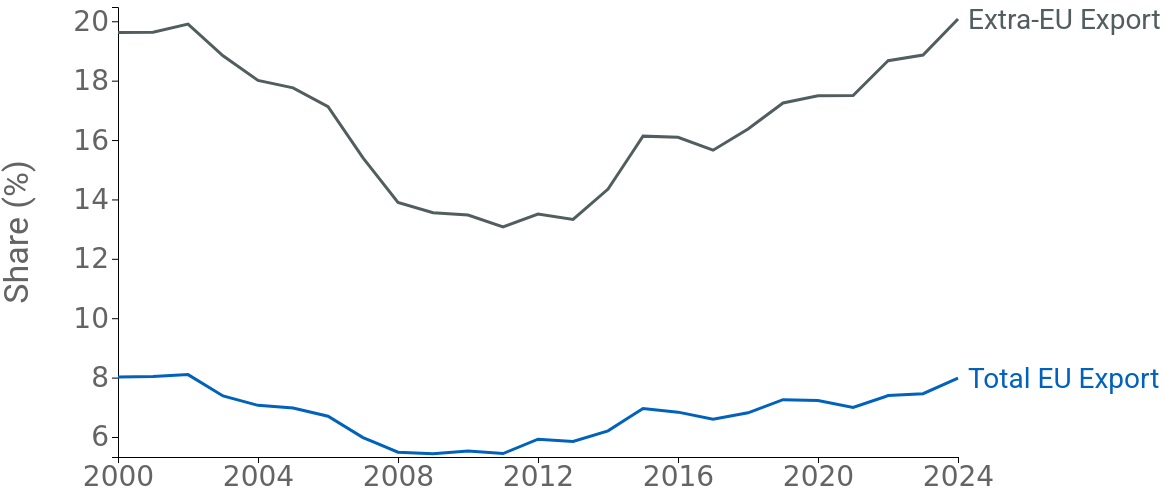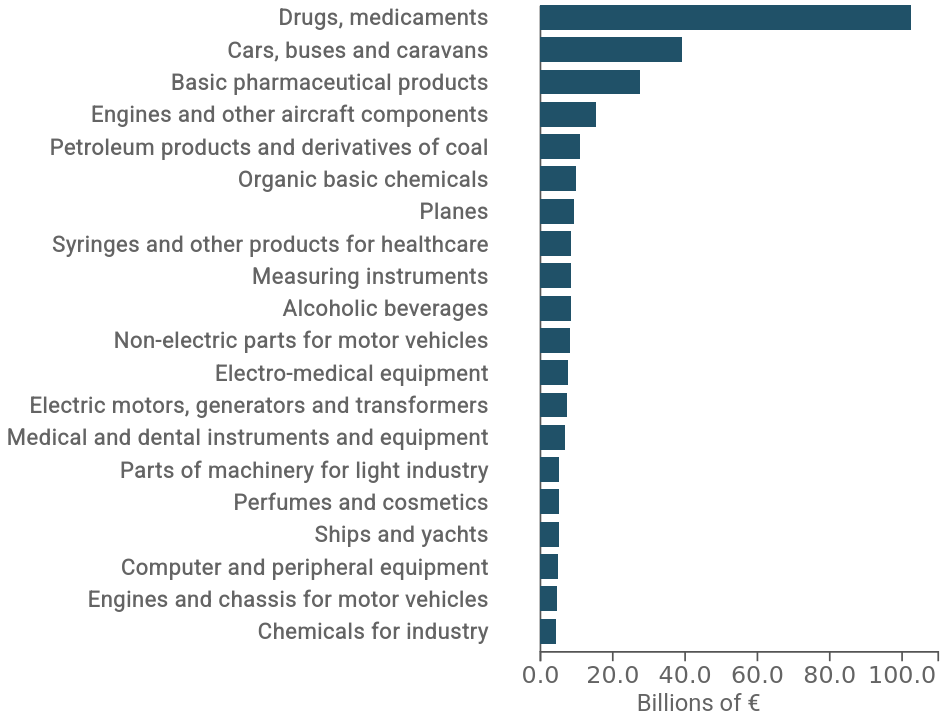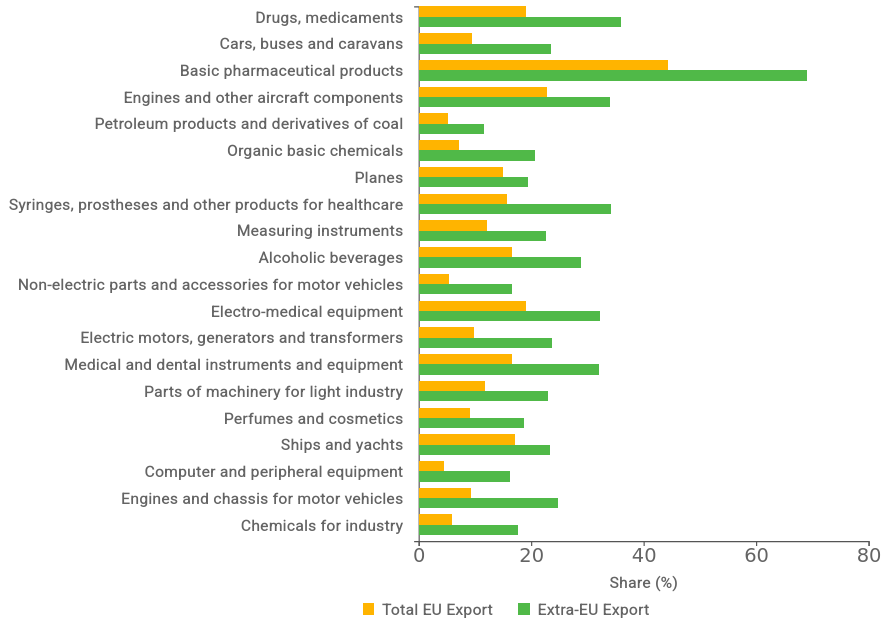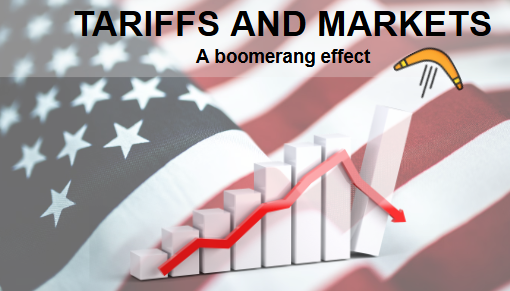Transatlantic relations and Trump's tariffs
While waiting for the "tariff showtime" of the new administration, here's an overview of the current trade relations between the European Union and the United States
Published by Simone Zambelli. .
United States of America Uncertainty Europe Industries Global economic trends
Today, April 2, there is significant international anticipation for the long-awaited announcement by President Donald Trump of the new list of tariffs on U.S. imports from abroad, which will target the European Union and other U.S. trading partners with a rate between 20% and 25%.
The new measures will take effect immediately and will be announced during a dedicated event, which some analysts have dubbed the "tariff showtime," scheduled to take place in the White House Rose Garden.
This latest round of tariffs adds to existing measures, which included:
- the introduction of 25% tariffs on U.S. imports from Canada and Mexico;
- a 10% increase in the tariff rate on U.S. imports from China;
- the reinstatement of 25% tariffs on U.S. imports of aluminum and steel;
- the introduction of 25% tariffs on U.S. imports of automobiles.
There is still considerable uncertainty over which new products and partners will be most affected, but given the threats made, the worsening of transatlantic relations, and the state of the bilateral trade balance (see the previous article The state of Italy-USA trade relations), the European Union is undoubtedly in the sights of the American administration.
It is therefore useful to take stock of the current trade relations between the European Union and the USA, and the composition of European exports to the U.S. market.
EU Exports to the USA
For European companies, the U.S. market holds significant weight: with imports worth €527 billion in 2024, the USA was in fact the leading non-EU destination market, absorbing about 20% of exports destined for markets outside the Union and 8% of total European exports.
Weight of the U.S. market on European exports
(% share)

Source: ExportPlanning
In particular, the share of EU exports absorbed by the United States has been steadily growing since the 2008 crisis, with an acceleration of this trend especially in the post-pandemic period.
The following chart shows the top sectors of European exports to the United States, ordered by export levels in euros.
Sectors Driving European Exports to the USA
(billions of euros)

Source: ExportPlanning
To highlight the sectors where EU exposure is most significant, for each of the top exported sectors, we also provide a chart showing the relevance of the U.S. market for EU exporters.
Weight of the U.S. market for the most relevant sectors
(% share)

Source: ExportPlanning
The most significant sector overall is Pharmaceuticals, which in 2024 surpassed €100 billion in European exports. It is accompanied by several related products such as Basic Pharmaceuticals and Organic Basic Chemicals. These are sectors where the relevance of the U.S. market appears particularly significant, reflecting the deep supply chain links between both sides of the Atlantic.
In addition to core Pharma sectors, there are several segments of the Healthcare System such as Syringes and other healthcare products, Electromedical devices, and Medical-Dental Equipment.
The second major group of sectors is undoubtedly Transport Equipment: while for finished vehicles the U.S. market absorbs more than 20% of extra-European exports, this figure becomes even more significant in terms of the supply chain for exports of Aircraft Engines and Components, Motor Vehicles, Aircraft, and Shipbuilding.
Among Industrial Goods, the most exposed segments include Industrial Instruments and Equipment, Generators-Transformers, and Mechanical and Optical Components.
On the Consumer Goods front, an interesting case is that of Alcoholic Beverages. This is certainly one of the most exposed categories, with the U.S. market accounting for around 35% of extra-EU European exports and almost 20% of total European exports.
Conclusions
April 2 has already been dubbed the “D-Day” by some commentators: the day of tariffs. If only the announcement by the U.S. administration can ease uncertainty and allow Europe to formulate a response, it is now clear that for the Member States, the United States can no longer be considered “allies.”
Indeed, while during his first term Trump’s trade war focused mainly on China, the President has now adopted a broader approach, also targeting allies—first and foremost Mexico, Canada, and even Europe.
In this spiral of geopolitical and commercial tensions, will the European Union be able to face negotiations with a unified stance?


